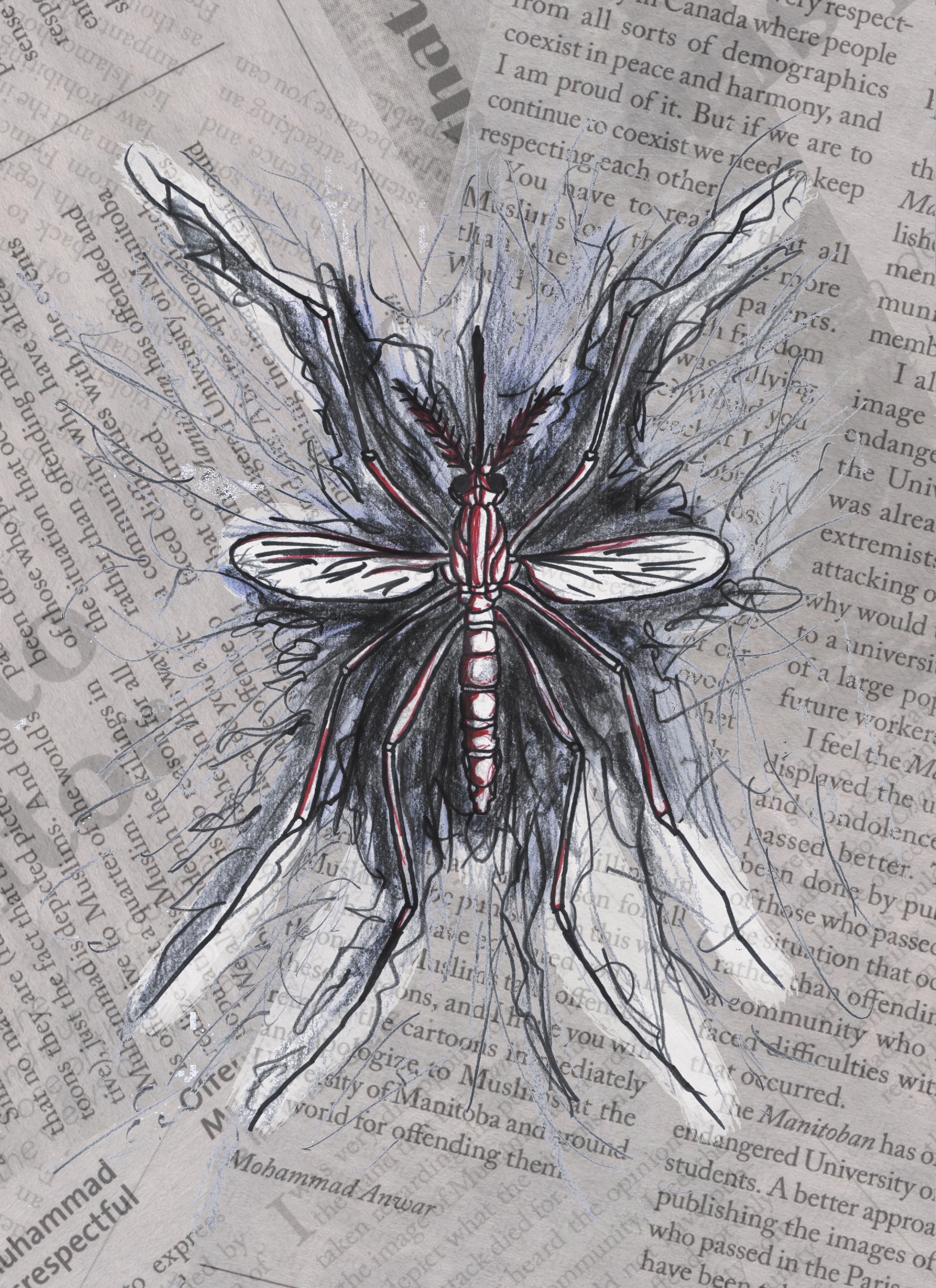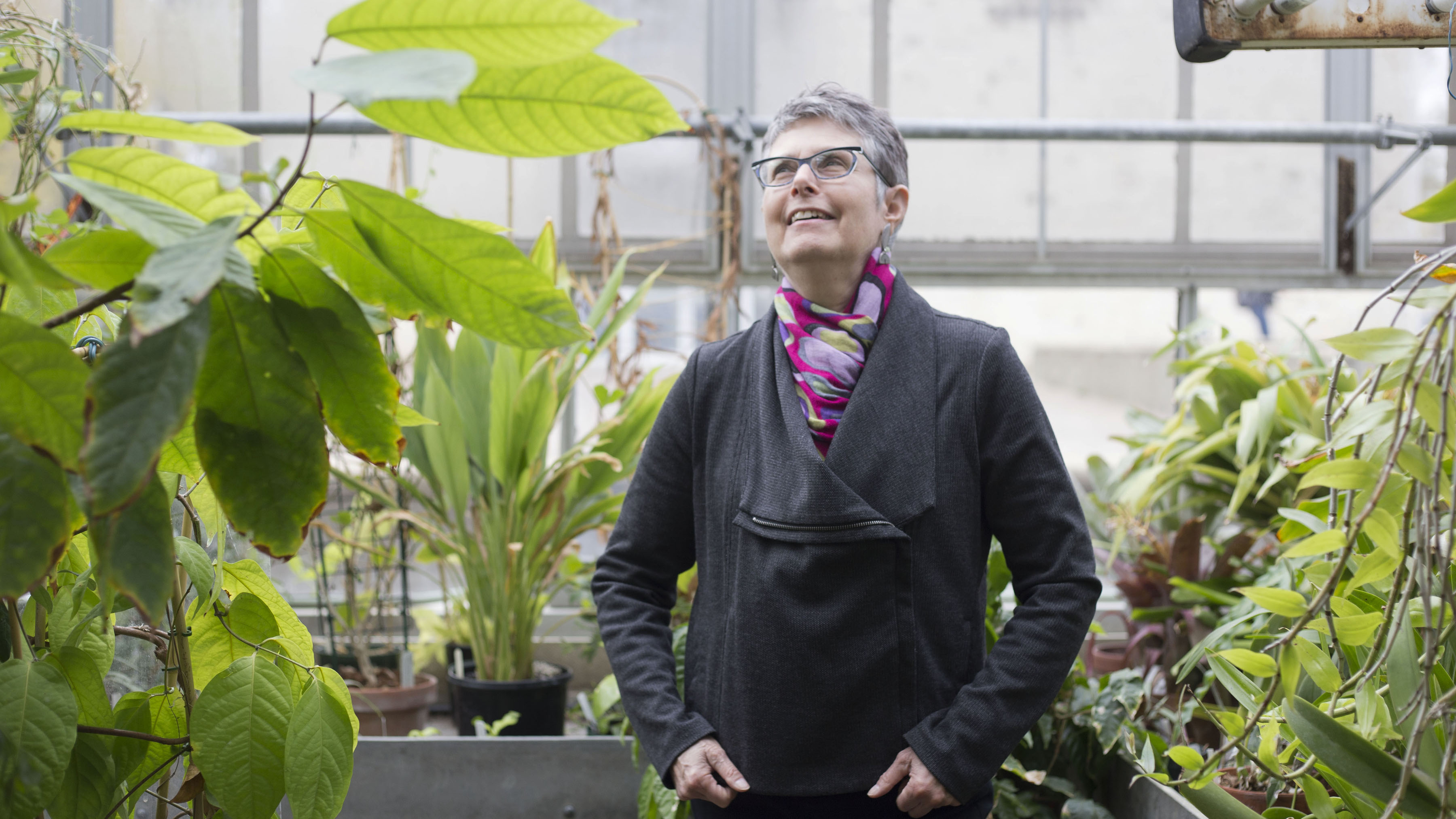A rise in the resistance of treatment in malaria parasites recently prompted scientists to investigate further into the cause. As a result, scientists have discovered mutated genetic sequences that link to the development of malaria tolerance.
Malaria is a mosquito-borne disease caused by parasites of the genus Plasmodium. Most lethal cases of malaria are attributed to the species P. falciparum. Malaria typically occurs along the equator in tropical and subtropical areas, and is spread by female Anopheles mosquitos.
Drug-resistance is a huge problem in the fight against malaria. The first anti-malarial drug, chloroquine, is just one of many to have come and gone due to the development of resistance.
Artemisinin is currently the only anti-malarial drug class without widespread resistance. Unfortunately, artemisinin resistance is emerging in south-east Asia, as artemisinin has been showing decreasing efficacy in the last five years. To make matters worse, artemisinin is currently the front line and most effective treatment for malaria.
To decrease the likelihood of the development of resistance, artemisinin is often used in combination with other drugs. WHO-coordinated efforts against malaria and resistance development are currently supported by the Government of Australia and the Bill & Melinda Gates Foundation.
Research recently published in Nature Genetics looks into the underlying genetics of artemisinin-resistance.
The genome-wide association study is the largest known of its kind in P. falciparum. Researchers compared artemisinin resistance to gene variations of over 1,600 samples from locations like Thailand and Laos.
Anti-malarial drug resistance seems to consistently begin at the Cambodia-Thai border. Some contributing factors may include high rates of parasite inbreeding and poor public health treatment in the area.
The study showed at least 20 different mutations in a gene called kelch13 which are linked to artemisinin resistance. The most widespread mutant variation has developed independently in a number of areas.
Four other genes associated with other anti-malarial drugs, fd, arps10, mdr2, and crt, were also shown to have variants associated with artemisinin resistance. These gene variants indicate a genetic background which favours the formation of kelch13 resistance mutations.
In P. falciparum’s 50 million years of evolution, kelch13 has seen little change. Because of this, researchers believe that the gene is required for survival, meaning that the malaria parasite will develop to favour factors that enable artemisinin survival. This is something that is often seen in drug resistance.
Malaria is a devastating disease. It is estimated by the World Health Organization (WHO) that in 2012, more than 200,000,000 clinical episodes, and more than 500,000 deaths were caused by malaria. In 2010, 91 per cent of deaths from malaria occurred in Africa.
The initial signs and symptoms of malaria are often flu-like, and may include headache, fever, and chills. Malaria is often diagnosed by using microscopy to detect the parasite in blood smears.
Current treatments for malaria include the natural products artemisinin, first isolated from the Qinghaosu sweet wormwood plant, and quinine, from the cinchona tree. Both plants have been used for centuries in traditional medicine.
Quinine contributes to the bitterness of tonic water. Tonic water was originally developed as a medicinal drink to treat malaria, but commercial consumption became popular and quinine levels decreased. Quinine is also the reason why tonic water fluoresces under UV light.
The fight against malaria benefitted from these findings. Through understanding the genetic cause of these resistance mechanisms, researchers will be able to better track and predict the development of these mutations.





